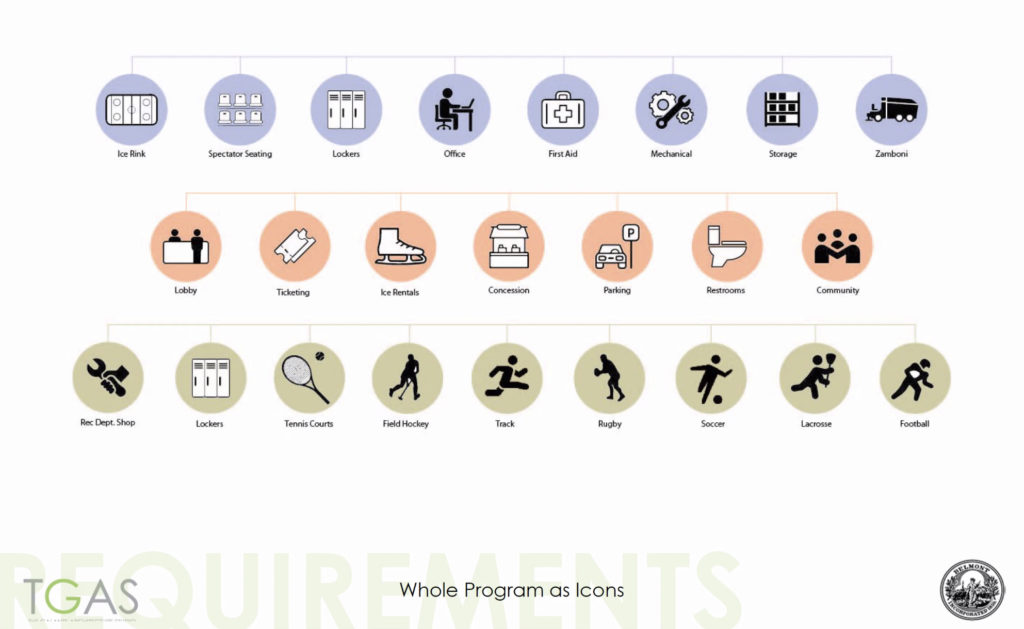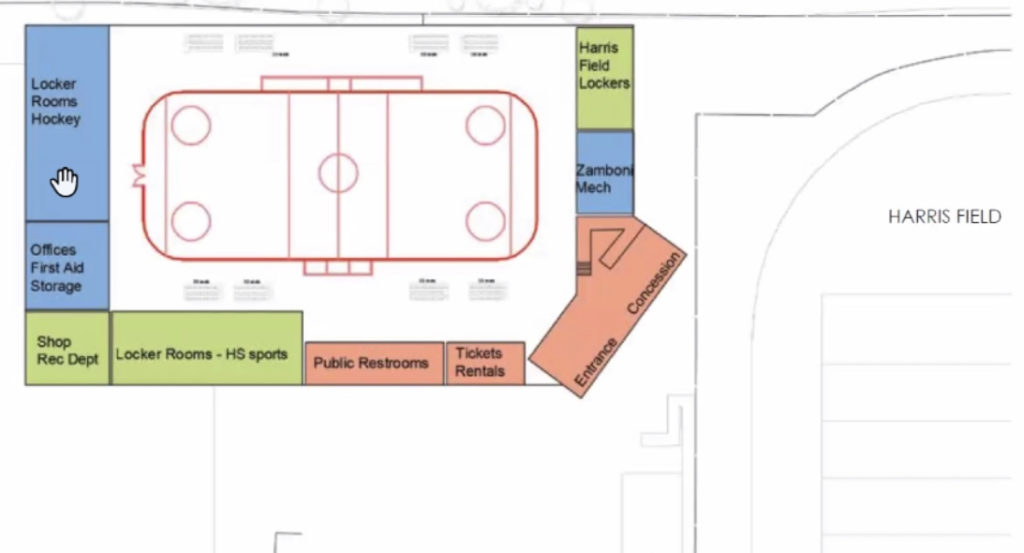Photo: Jennifer Hewitt, Belmont’s Assistant Town Administrator/Finance Director
A veteran of state and town government has been named Belmont’s assistant town administrator and new finance director, according to Town Administrator Patrice Garvin who made the announcement at the Select Board’s Monday, May 23 meeting.
Jennifer Hewitt replaces Jon Marshall who left in October 2021 to become deputy town administrator for operations in Natick.
“Thank you for the warm welcome. It was a busy day, lots to learn and looking forward to the challenge,” Hewitt said.
Hewitt comes to Belmont after six years as Lexington’s budget officer where she was responsible for collaborating with town departments to develop budgets and produce budget documents, track spending and flag areas for review and follow-up. She was the interim assistant director of finance for the Lexington schools for a little over a year before becoming the budget officer.
Before her tenure in municipal government, Hewitt spent nearly 20 years with the Massachusetts Executive Office of Health and Human Services, working in fiscal policy. She finished her state career as the department’s director of purchase of service administration which oversaw $2.3 billion in human service spending.
Hewitt matriculated at Valparaiso University in Indiana where she received her BA in Political Science and French and earned a Master’s in Public Administration from UMass Boston.
Hewitt’s annual salary is $153,000.



